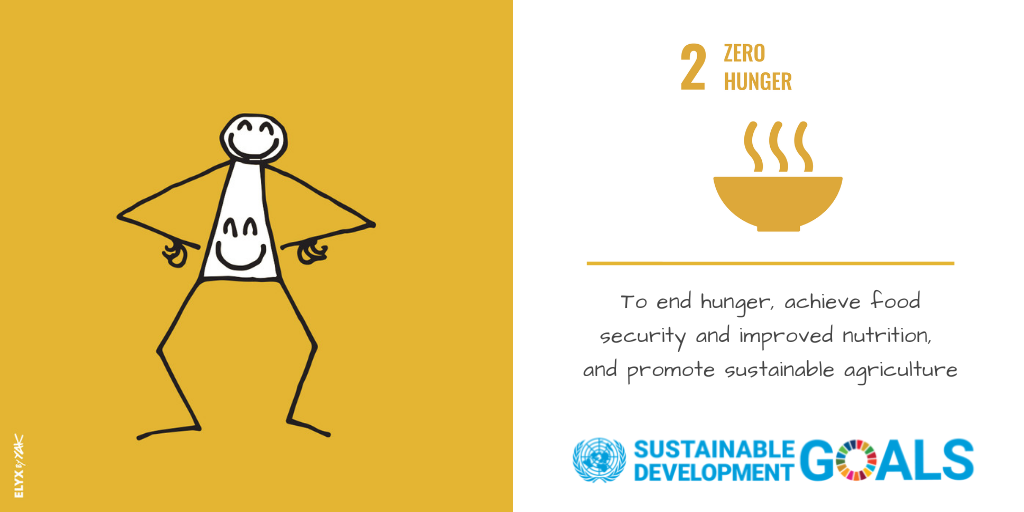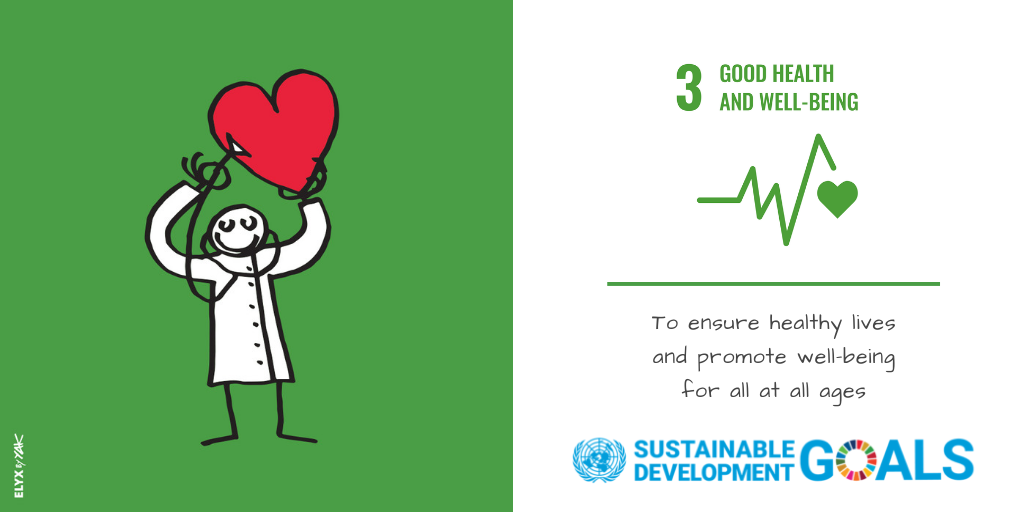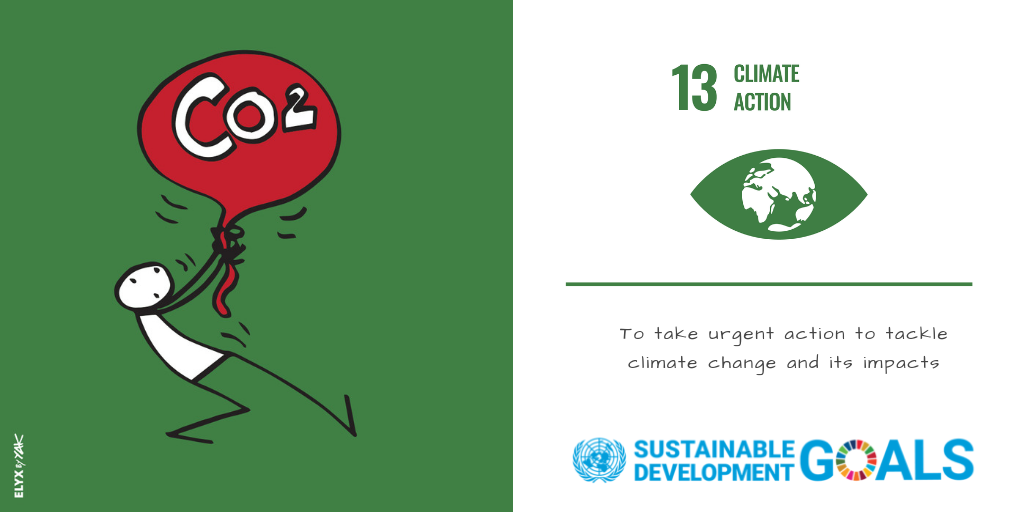
Proportion of students receiving financial aid to attend
university because of poverty
- Low income students
receiving financial aid
- Number of students - 10963
- Number of low income
students receiving financial ai
University anti-poverty programmes
- Bottom financial quintile admission
target Targets to admit students who fall into the bottom 20% of household
income group (or a more tightly defined target) in the country.

Proportion of graduates with teaching qualification
- Proportion of
graduates with relevant qualification for teaching - NA
- Number of graduates
- 2657
- Number of graduates
who gained a qualification that entitled them to teach at primary school level
- NA
Lifelong learning measures
- Lifelong learning
access policy A policy that ensures that access to these activities is
accessible to all, regardless of ethnicity, religion, disability immigration
status or gender.
Proportion of first-generation students
- Proportion of
graduates with relevant qualification for teaching - NA
- Number of students starting a degree - 2629
- Number of
first-generation students starting a degree – 1006

Proportion of first-generation female students
- Number of women starting a degree – 1235
- Number of
first-generation women starting a degree – 75
Student access measures
- Tracking access measures Systematically measure and track women’s application rate, acceptance or entry – 1235
- Policy for women applications and entry Have a policy (e.g. an Access and Participation plan) addressing women’s applications, acceptance, entry, and participation at the university – 1235
Proportion of women receiving degrees
- Proportion of female degrees awarded
- Number of graduates: Total – 2657
- Number of graduates by subject area (STEM, Medicine, Arts & Humanities / Social Sciences): Total – 2657
- Number of graduates: STEM – 1932
- Number of graduates: Medicine
- Number of graduates: Arts & Humanities / Social Sciences - 725
- Number of female graduates by subject area (STEM, Medicine, Arts & Humanities / Social Sciences): Total - 1231
- Number of female graduates: STEM - 861
- Number of female graduates: Medicine - NA
- Number of female graduates: Arts
& Humanities / Social Sciences – 370
Women’s progress measures
- Track women’s graduation rate Have measurement or tracking of women’s likelihood of graduating compared to men’s, and schemes in place to close any gap – 46%

SDG 10 | REDUCED INEQUALITIES
First-generation students
- Proportion of
first-generation students - 2629
- Number of
first-generation students starting a degree - 1006
Proportion of international students from developing countries
- Number of students
- 133
- Number of international students from developing countries - 133
Measures against discrimination
- Non-discriminatory
admissions policy Have an admissions policy which is non-discriminatory or
which details and explains the logic for any appropriate positive
discrimination policies in admissions - NA
- Access to university
underrepresented groups recruit Take planned actions to recruit students,
staff, and faculty from under-represented groups – NA

SDG 17 | PARTNERSHIPS FOR THE GOALS
Education for the SDGs
- Education for SDGs
commitment to meaningful education Have a commitment to meaningful education
around the SDGs across the university, relevant and applicable to all students
- Education integrated across full curriculum



